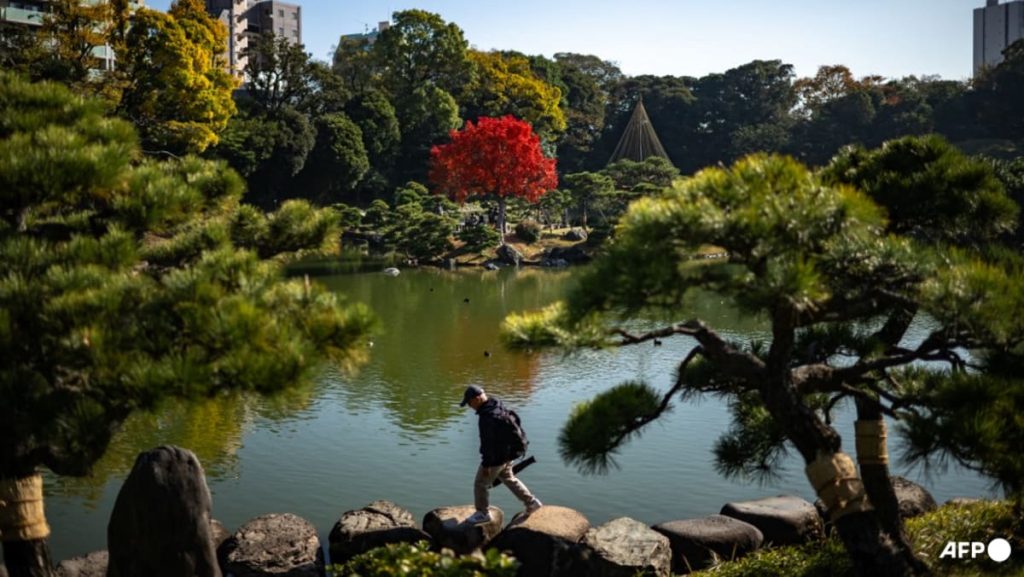Japan is experiencing an unprecedented autumn, with the Japan Meteorological Agency reporting that this season has been the warmest since records began 126 years ago. According to their findings, the average temperature for this autumn was 1.97 degrees Celsius above the long-term average, marking it as the hottest autumn since 1898. The agency’s records indicate that the unusual warmth is particularly pronounced in major cities across the country. For instance, Tokyo experienced a temperature increase of 2.4 degrees Celsius above normal, while Nagoya reported an even higher increase of 2.9 degrees Celsius. In the northern city of Sapporo, temperatures were recorded at 1.2 degrees warmer than usual.
The rise in temperatures has had noticeable effects on the seasonal changes that are typically celebrated during autumn in Japan. One of the most anticipated events is the changing of foliage, where leaves transform into vibrant hues of red and yellow, attracting both locals and tourists. However, due to this unseasonably warm weather, the autumn foliage season has been delayed considerably this year. This shift means that the iconic experiences synonymous with the season will occur later than usual, with displays of colorful leaves expected to stretch into December.
This delay in foliage transformation reflects broader climate trends and concerns about environmental changes impacting traditional seasonal patterns. The warmer temperatures not only affect local tourism but also disrupt ecosystems that rely on predictable seasonal cycles. Such changes can have far-reaching implications, potentially affecting biodiversity and the timing of other natural events in the region. The phenomenon highlights the complex relationship between climate variability and seasonal markers that have defined Japan’s cultural identity for centuries.
Moreover, the situation is reminiscent of a larger global trend, wherein climate change is increasingly rendering seasons unpredictable across various regions. As temperatures rise worldwide, more areas are witnessing alterations in their traditional weather patterns, further compounding the urgency for effective climate action. The record temperatures observed in Japan serve as a reminder of the pressing need for policies that address climate change and mitigate its impact on natural and cultural phenomena.
Local farmers and businesses that rely on seasonal changes also face challenges due to this warm autumn. The timing of harvests, festivals, and tourism activities can be affected, leading to potential economic consequences. This year’s warm weather could necessitate adjustments in how these stakeholders plan for seasonal changes and their accompanying economic cycles. As autumn foliage draws crowds that stimulate local economies, delays in this natural occurrence can disrupt expected revenue flows, creating additional pressure on communities that depend on seasonal tourism.
Ultimately, Japan’s warmest autumn marks a significant moment in understanding the implications of climate change on traditional patterns of nature. As the country faces these changes head-on, it must navigate the challenges posed by warmer seasons while fostering resilience in its cultural practices and economic structures. Observing how both nature and society adapt to this new reality will be crucial for future preparations and responses to ongoing climate fluctuations and their effects on seasonal phenomena in Japan and beyond.

